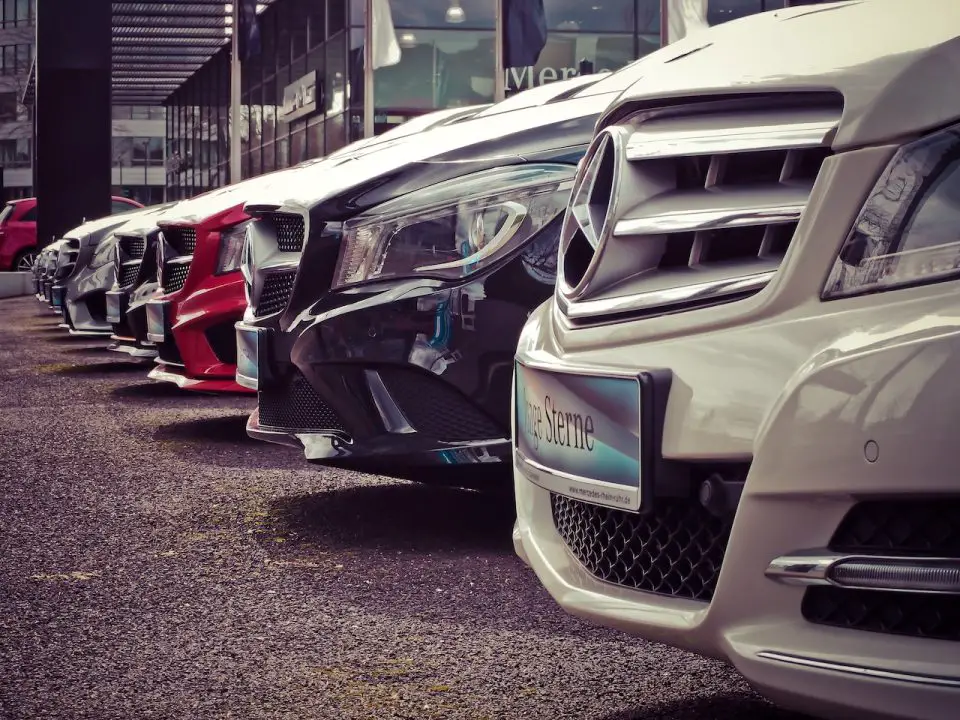Used Car Market Volatility and Retail Sales SurgeConsumer Prices for New and Used Cars Show Downward Trend
The latest government inflation data, released on Wednesday morning, reveals a continued downward trajectory in both new and used car prices, signaling potential growth in consumer vehicle purchases. However motor vehicle insurance costs are on the rise. According to the report, for the month of July, consumer prices for new automobiles experienced a 0.1% decrease compared to June. Although still up by 3.5% year over year, this yearly figure indicates a substantial reduction from the prior month’s increase of 4.1%. The used car market experienced even more pronounced moderation, with prices sliding by 1.3% in July alone and by 5.6% year over year. Notably, both figures for the used car market marked a second consecutive month of decline.
Used Car Market Volatility and Retail Sales Surge
Contrary to the broader economy’s inflation rate, which rose by 3.2% in July year over year, car prices—especially for used vehicles—are declining at a faster pace. The used car market’s recent trends mirror a similar decrease in the wholesale auction sector, a reliable indicator of future retail trends. The Manheim Used Vehicle Value Index, tracking the auction market, observed a 1.6% drop in used vehicle prices for July, amounting to a substantial 11.6% year-over-year reduction. Impressively, this marks the twelfth consecutive month where the index showcased a decline compared to the previous year. While the July decrease of 1.6% suggests a deceleration in wholesale price losses compared to the months following April, experts remain cautious about a simplistic interpretation of the used car market’s dynamics.
“The July drop of 1.6% is an indicator of slowing wholesale price declines, at least when compared to the month-over-month losses we’ve seen since April,” noted Chris Frey, Senior Manager of Economic and Industry Insights at Cox Automotive.
Despite the volatility, the retail sector is experiencing a surge in sales. Estimates from Manheim indicate that used-vehicle retail sales in July saw a 6% increase compared to June, and the year-over-year comparison is also displaying positive momentum. In tandem, the National Automobile Dealers Association (NADA), which monitors new car sales at the dealer level, reported an impressive 18.3% upswing in new car sales for July year over year. This surge is attributed to the growing inventories and increased manufacturer incentives, combined with the declining prices.
Car Prices Down – Insurance Costs on the Rise
Amid the encouraging trends in the automotive market as car prices are going down, a less favorable development looms in the form of rising motor vehicle insurance costs. The latest data reveals a 2.0% increase in motor vehicle insurance expenses for the month of July, followed by a 1.7% hike in the previous month. The year-over-year statistics present a more concerning picture, as motor vehicle insurance premiums surged by a remarkable 17.8% in July compared to the same period last year. This increase stands as one of the primary factors, alongside housing costs, contributing to the overall price escalation in the month.
Various factors contribute to the rising motor insurance rates. The surge in accidents since the onset of the pandemic in 2020, attributed to increased driving and a subsequent rise in fatal accidents, has played a pivotal role. Additionally, the escalating complexity of modern vehicles and associated technologies has led to higher car repair costs. July alone saw motor vehicle repair costs escalate by 12.7% year over year and 1% month over month, further compounding the challenges faced by car owners.
In summary, the latest government inflation data indicates a continuous decrease in new and used car prices, offering a favorable environment for increased consumer vehicle purchases. While the used car market shows volatility, the retail sector experiences growth. However, amidst these positive trends of decreasing car prices, motor vehicle insurance costs continue to rise due to increased accidents and growing car repair expenses.

